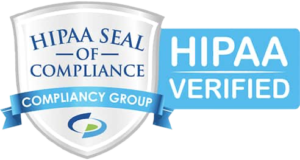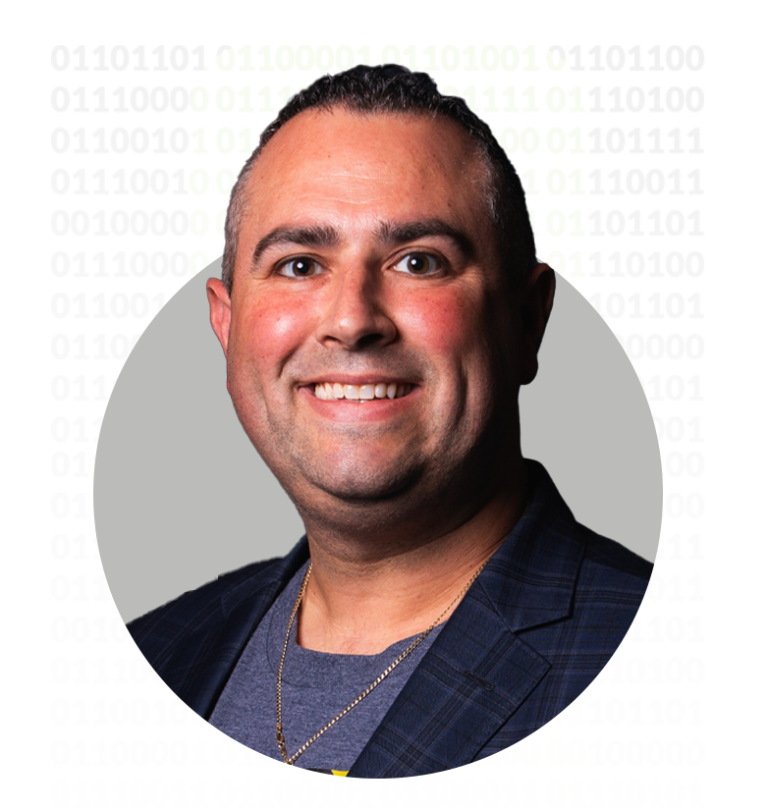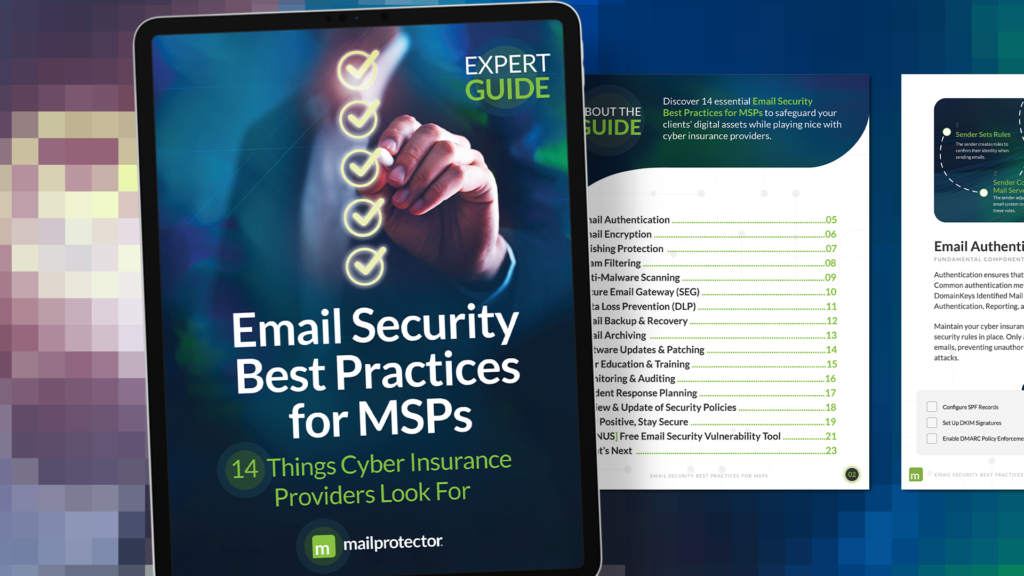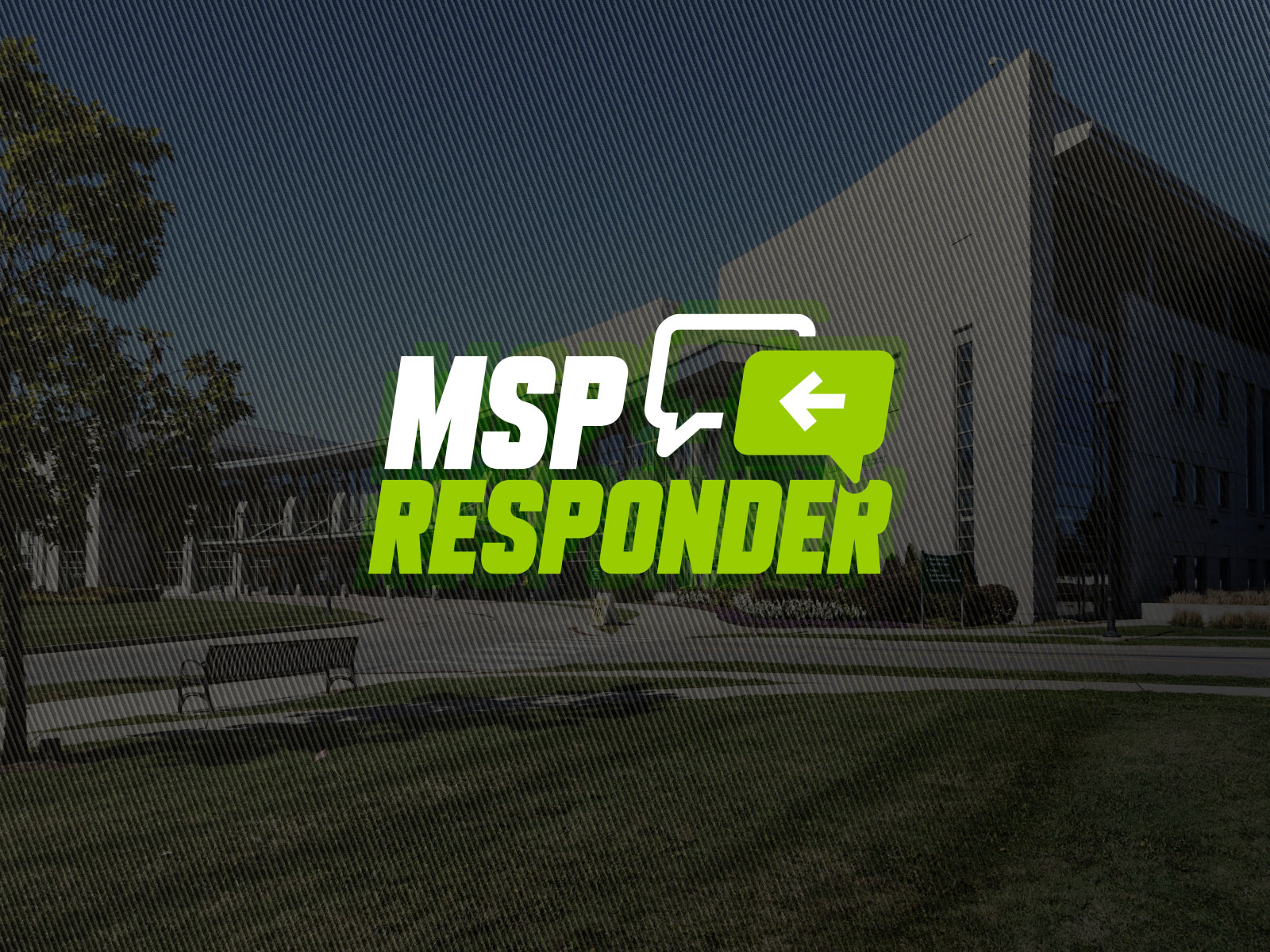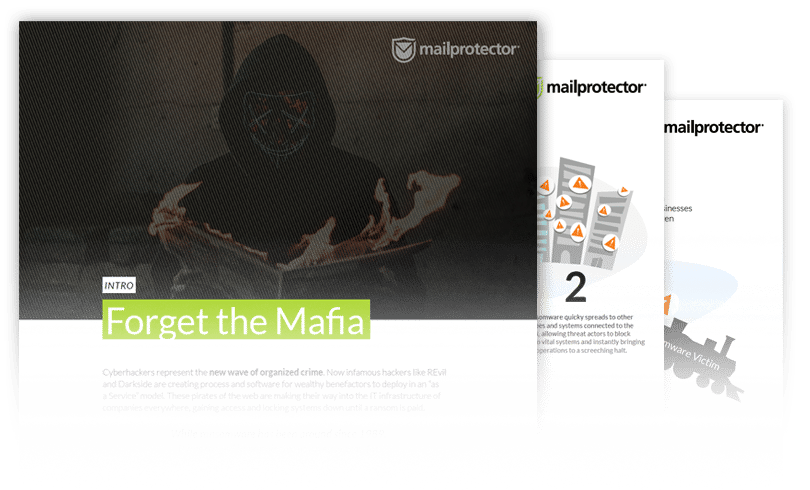Phishing Attack Example - UVM Medical Center
What Happened?
The University of Vermont Medical Center represents another phishing attack example in a long list of recent cyberattacks.
During the fall of 2020, employees at the University of Vermont Medical Center started having trouble logging in to their business-critical systems. Suspecting a cyberattack, IT administrators promptly shut down their network. With further investigation, they found a text file on a network computer that read, “We encrypted your data, if you wanna get the key to unencrypt it, contact us.”
Rather than contacting the cyber attackers, administrators immediately contacted the FBI (rather than the attackers themselves).
“Even if you contact them, even if you pay them, you have no guarantee they’re gonna deliver anything,” said Senior VP of Network IT Doug Gentile. “Of course we have standard procedures for if systems go down, but being down for two to three weeks is beyond what we ever expect. It was stressful for people.”
The hospital estimates that the phishing attack cost them almost $50 million in lost revenue.
What Was Affected?
A hospital employee took their company-issued laptop on vacation and opened what they thought was a personal email from their homeowner’s association, later clicking a fraudulent link that opened the door for a hack. Malware was then transferred to the employee’s computer. When they returned from vacation, the laptop connected to the hospital network and released into the hospital’s network.
Once they discovered the error, hospital officials put up a page designed to keep its patients informed on the breach.
While critical systems were locked down, shockingly no patient data was determined to have been breached.
Popular phishing attack examples include spear phishing (targeted email phishing), vishing (phone call phishing), smishing (text phishing) and pharming (directing traffic to a fraudulent website). Because of the ransom associated, cybercriminals continue to evolve their tactics. However, spear phishing attacks are by far the most popular phishing tactic right now.
How Has the Hospital Rebounded?
There are three great ways to prevent phishing attacks. We detail all three in our article, Select the Best Phishing Protection Solution for Your Users.
UVM Medical Center is now regularly training and testing its employees with simulated phishing attacks to drive further phishing awareness. They are also blocking personal email on employee computers, restricted access to the network, and invested in software that defends against phishing attacks.
BONUS RESOURCE
Preventing Ransomware Attacks eBook (PDF)
Read an in-depth summary where we look at several recent ransomware attacks to break down exactly what happened, which ransomware prevention plans worked, and which ones didn’t hold up when it mattered the most.

